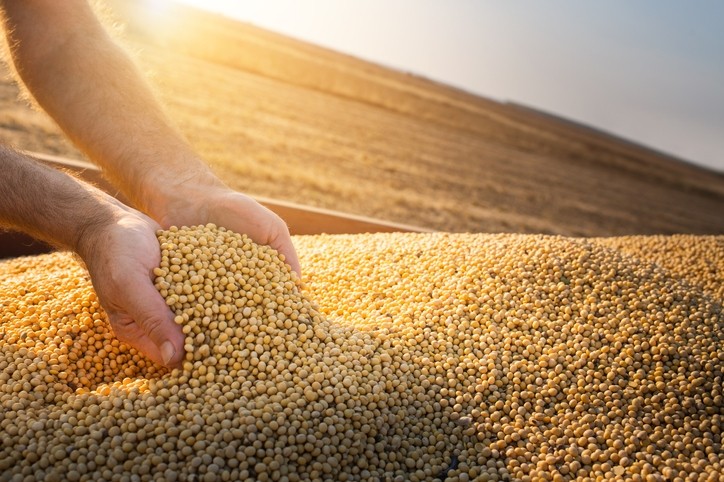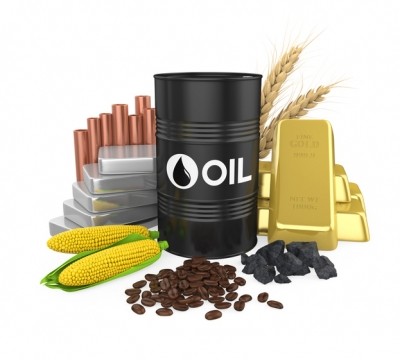Rabobank: Chances of La Niña event increasing, limited impact of second Covid-19 wave on ag markets

While good weather is forecast to continue in Europe and the US, the chances, however, of a La Niña event forming in 2021 are increasing, it warned.
Such a weather pattern could affect South American crops over the southern hemisphere summer and pose future weather risks, the bank cautioned.
And, in terms of more pertinent headwinds, a generalized second wave of Covid-19 seems to be building in a few places, forcing some regions to consider crawling back into lockdown, noted the analysts.
But with increased understanding of the virus, developments in effective treatment, and new detection methods, Rabobank believes any second lockdown is likely to be lighter than the first, with a reduced impact on ag markets.
On a positive note, the bank said continuous improvement in energy prices has helped give the market reassurance in relation to demand recovery.
IGC raises forecast for global oilseeds production and trade
Global soybean production and trade is expected to see gains in 2020-21, according to the latest International Grains Council (IGC) outlook, released late last week.
A slight increase for Brazil raises the forecast for global output by 8% to a record 364m tons. World soybean trade, on the basis of robust demand from China, is put at 160m tons, an increase of 1% month-on-month and 5m tons higher than 2019-20, forecasts the IGC.
Although Brazil set a record in soybean production in 2019-20, global output fell by 7% on a significantly reduced US harvest, with declines also in Argentina, Canada, India and Ukraine, reported the Council.
And the IGC predicts that grain production in 2020-21 will jump by 62m tons over the year prior, boosted by a 55m ton hike in corn output and a 6m increase in wheat production. At those levels, it would be a record year for tonnage.
Wheat consumption in 2020-21 is predicted to move marginally higher to 751m tons.
As projected supplies are more than ample to meet anticipated demand, the first build-up of global grain stocks in four years is expected, placed 20m tons higher year-on year at 635m tons, said the IGC.









